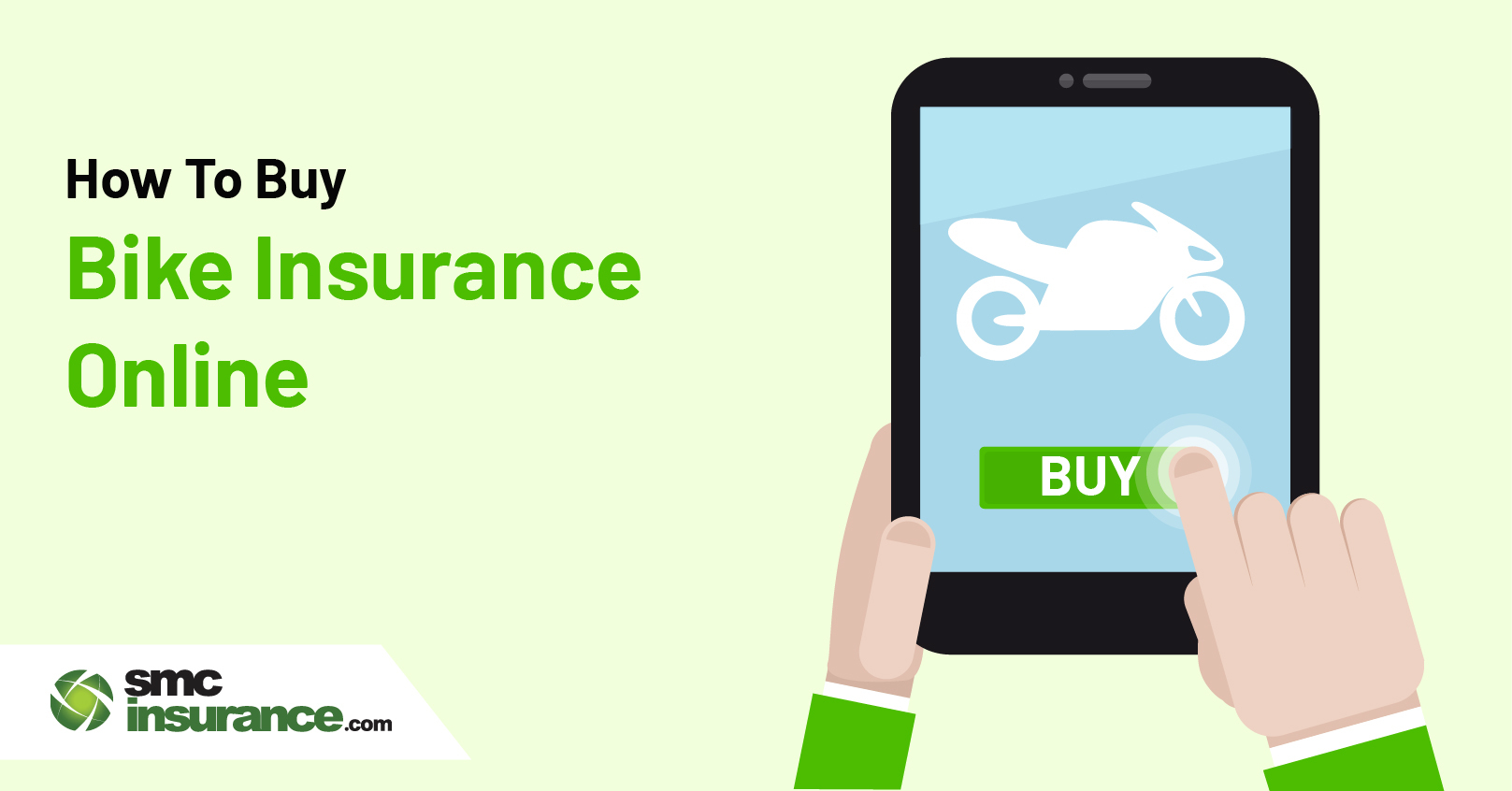Two-wheelers are one of the most convenient means of transportation in India for daily commutes.
Did you know India has over 21 crore registered two-wheelers? There are several advantages to riding a bike or scooter, including speed, ease of manoeuvring through small gaps in traffic, and lesser costs of buying and maintaining it.
Despite the fact that two-wheelers offer plenty of benefits, they also come with their own risks. It is a widely known fact that two-wheelers are more vulnerable to road accidents than other vehicles. According to the National Crime Records Bureau, two-wheelers account for 44.5% of all deaths in India.
The smartest way to safeguard you and your vehicle is by purchasing bike insurance. Not to mention the fact that buying bike insurance from an IRDAI-licensed insurance company that covers third-party liability is mandated by the government.
However, you need to consider certain factors while buying bike insurance - to ensure your vehicle is well-protected.
Let's take a look.
First, What Is Bike Insurance?
As the name suggests, bike insurance is insurance for two-wheeler vehicles. It provides protection against loss or damage caused by accidents, theft, natural disasters, etc.
As per the Motor Vehicles Act, driving a two-wheeler vehicle without insurance in a public place is a punishable offense.
How To Buy Bike Insurance In India?
Here’s a checklist of everything you need to consider while purchasing a bike insurance policy.
-
Assess Your Requirements
The first step is to assess your needs. You need to decide -
- The type of cover you want to purchase
- The cover amount
- Any additional features and add-ons. They provide an additional layer of protection for you and your vehicle (this shall be discussed later in the article).
-
Choose The Policy You Need
Next, you need to decide on the type of policy that exactly matches your needs.
These are the options you can choose from:
⟶ Third-Party Insurance
As mentioned earlier, a third-party policy is a mandatory requirement for all vehicles and is the most basic form of insurance. Driving a two-wheeler vehicle without this policy is illegal in India. Any injury/loss caused by your insured vehicle to a third-party individual or property is covered under this policy.
⟶ Standalone Own-Damages Policy
It covers damages to your own vehicle caused by fire, rain, theft, etc. If you already have a third-party policy and wish to have your vehicle covered as well, you can purchase this policy.
⟶ Comprehensive Policy
As the name suggests, it provides comprehensive and all-around protection. The policy covers both third-party liability and damage to your own vehicle. A perfect combination!
-
Next, Decide On The Coverage
The Insured Declared Value (IDV) is the estimated market value of your vehicle. Generally, it is the maximum amount that an insurance company will pay for a claim under a bike insurance policy. It is therefore important to select a policy that provides adequate IDV.
You can lower your premiums by choosing a lower IDV, but this can pose a problem during a claim. How? Say your car is stolen. The loss in such cases can be more than the chosen IDV. Hence, it is important to pick an amount that will cover huge losses and theft comfortably.
-
Opt For Personal Accident Cover
A personal accident cover provides you with protection against accidental disability or death due to an accident. According to government regulations, the owner-driver must have personal accident cover. You should add it to the policy if you do not already have one. Having no personal accidental coverage for the owner-driver may also result in claims being rejected.
-
Customization Options
A bike insurance policy can be tailored to your needs with a number of features and benefits. A variety of add-ons are also available, including NCB Protector Cover, Zero Depreciation Cover, Roadside Assistance Cover, Personal Accident Cover, etc. You can enhance your vehicle's protection with these add-ons at a certain extra cost. Depending on the insurer and product, these add-ons may vary.
-
Choose The Premium
A premium is the stipulated amount you need to pay your insurer in order to keep your policy active. Choose a policy that maintains a balance between both premium and coverage. Make sure it fits within your budget and provides you with adequate protection.
-
Check The Network Garages List
Under bike insurance, claims can be made either on a cashless or reimbursement basis. The cashless claim facility will be available only at the insurer's network garages, i.e., garages listed with the insurer. Make sure to check the network garages listed with your insurance company when purchasing a bike insurance policy. Make sure you buy a policy that covers a few preferred network garages near your home and workplace - in order to make cashless claims seamlessly.
-
Understand the Terms And Conditions
You should read the policy documents and brochures carefully before buying a policy - to learn about the scope of coverage and the exclusions of the policy. Exclusions are certain situations that the bike insurance policy won't cover at any cost. Understanding the inclusions and exclusions of the policy will let you know what to expect from it.
-
Purchase The Policy
Once you have finalized the policy and customized it to your needs, double-check and verify all the details. If everything seems to be in order, you can proceed to purchase the policy.
Wrapping Up!
Buying bike insurance is not only necessary to protect your finances, but it is also important to stay on the right side of the law. Make sure you keep the aforementioned things in mind when buying the bike insurance policy - so that the policy is worth your time, effort and money.








